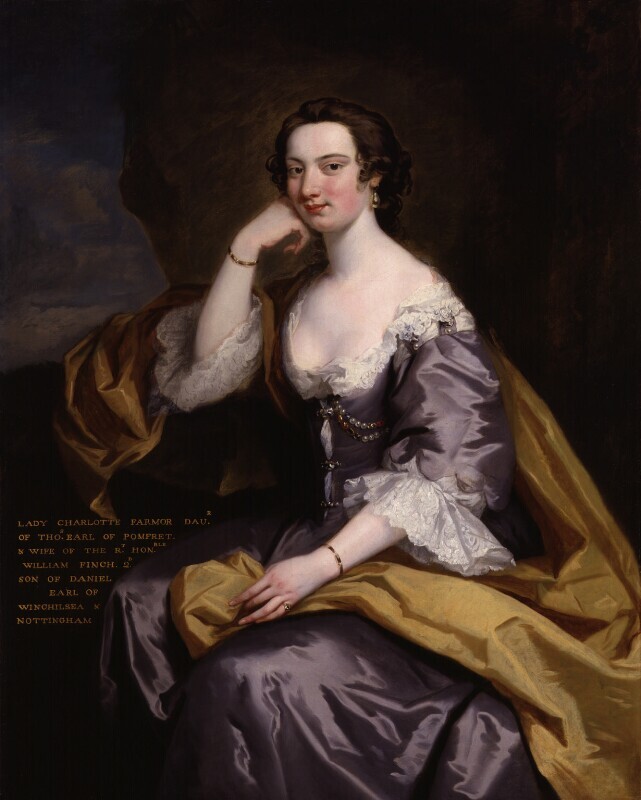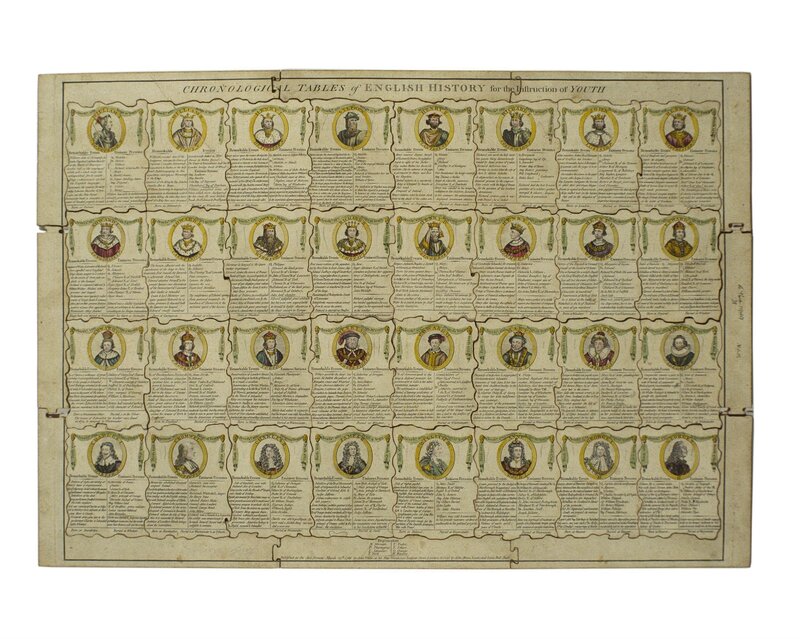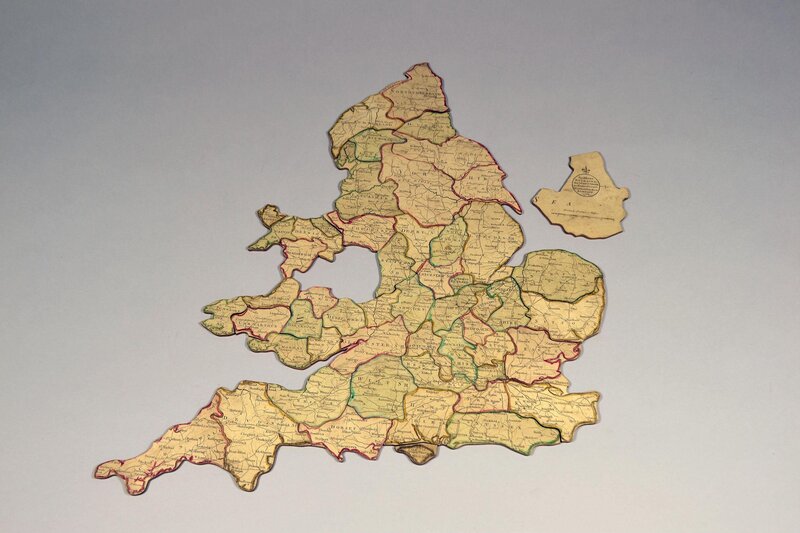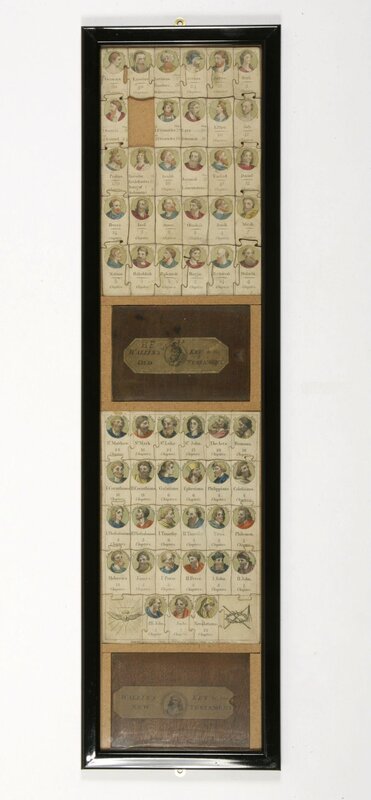The "Inventors"
The reality of the situation is, we may never truly know who the inventor of the jigsaw puzzle is. There are several people that were at one point believed to be the inventor, but each time a new one is named, more information comes to light that disputes it. Not too many scholars have attempted to get to the bottom of this, as there is so little information to go off of.
Lady Charlotte Finch
One of the now-disputed potential inventors was Lady Charlotte Finch (1725-1813), royal governess for the fifteen children of George III (1738-1820). Pictured to the right, she had an extensive collection of dissected maps, held in a puzzle cabinet that had a note inside. That note credited Lady Charlotte Finch with the invention of the jigsaw puzzle. This was easily disputed, as there is evidence of dissected maps existing before she started getting them commissioned for herself. It is believed that one of her relatives may have written this note, as there is no other evidence that she invented the jigsaw puzzle. There are some puzzles in existence that are believed to have been created by Lady Charlotte Finch, but it is not confirmed. She definitely commissioned some puzzles to be made specifically for the royal family, but she is not the inventor.
John Spilsbury
John Spilsbury was an engraver and publisher who lived from 1739-1769, who is also credited with inventing the jigsaw puzzle. The idea of Spilsbury being the inventor of the jigsaw puzzle has been disputed due to the evidence of dissected maps in Madame de Beaumont's school when John was still a child. He is, however, one of the more prominent manufacturers of dissected maps in the eighteenth century. Pictured right is a puzzle that was made by Spilsbury. Upon his untimely death, different engraving shops began manufacturing dissected maps, opening up the market to a wider audience. Other manufacturers, such as William Darton Sr. (1755-1819), who regarded puzzles as purely an educational tool. There was also John Wallis (1745-1818), who made more than just dissected maps in his time as a puzzle manufacturer. Pictured left and additionally below, Wallis created educational tools that also had to do with history. Without the influence of John Spilsbury, it is difficult to say whether or not these different kinds of puzzles would have been created.
Madame de Beaumont
Madame de Beaumont (1711-1780) was a French educator that ran a school in England, and she is the closest that there is to an inventor of the jigsaw puzzle. This school that she ran has the earliest evidence of dissected maps, making her the current best guess as to who the inventor of the jigsaw puzzle is. One of the main issues with this theory is that there are none of her maps left to determine whether or not she made them. Whilst there is written evidence that she was using dissected maps as early as 1740, there is no evidence as to who made them. As of right now, Madame de Beaumont is the closest that there is to an inventor of the jigsaw puzzle. Although, new information may come out in the future that disputes this theory as well. The idea of jigsaw puzzle history as a field of study is constantly evolving, so nothing is set in stone.



